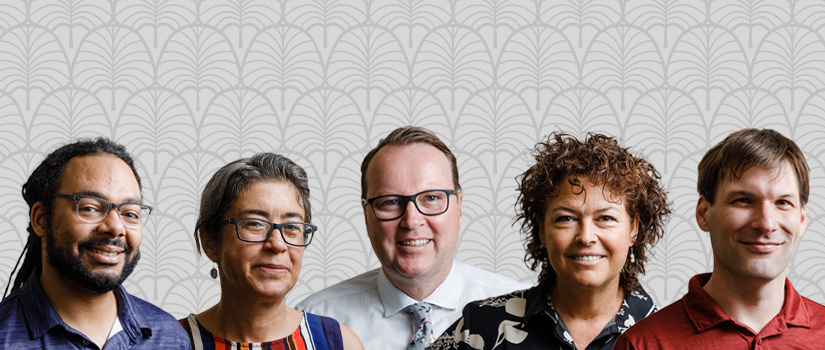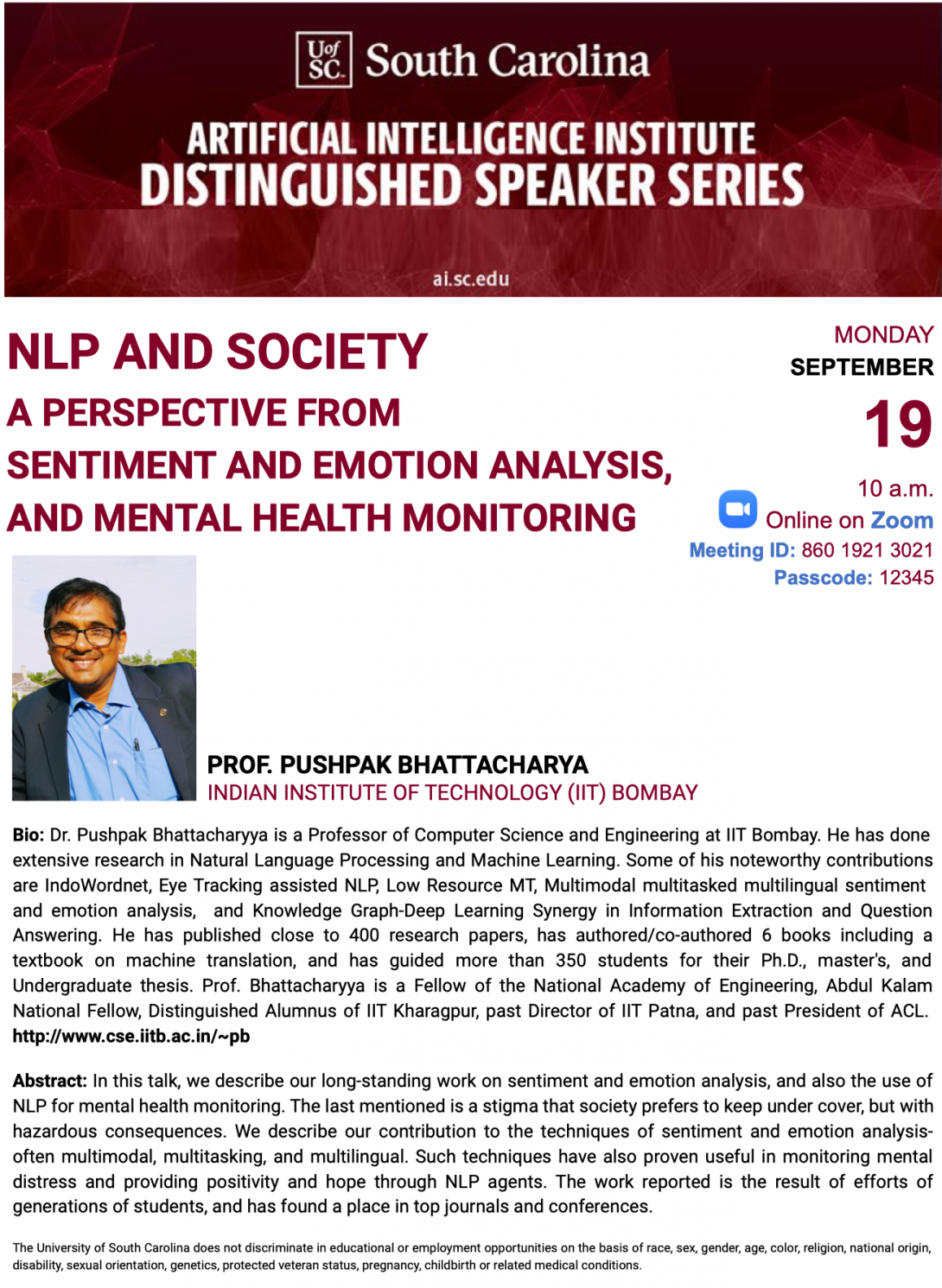Harnessing Mean Field Game and Physics-Informed Deep Learning for Emerging Transportation Modeling
- 34 views
Abstract:
Emerging transportation technology is expected to revolutionize the future transportation ecosystem. My research aims to understand the social implications of these emerging technologies in transportation and develop optimal interventions to achieve desirable outcomes. In this talk, I will present two topics: to design optimal controls for autonomous vehicles, and to introduce physics-informed deep learning into classical transportation problems. In the first topic, I will talk about how I address the technological challenges of vehicle automation leveraging the core concepts of game theory, control, and machine learning. In the second topic, a novel framework - physics-informed deep learning - will be introduced and applied to traffic state estimation and uncertainty quantification.
Speaker's Bio:
Dr. Xuan (Sharon) Di is an Associate Professor in the Department of Civil Engineering and Engineering Mechanics at Columbia University in the City of New York and serves on a committee for the Smart Cities Center in the Data Science Institute. Prior to joining Columbia, she was a Postdoctoral Research Fellow at the University of Michigan Transportation Research Institute (UMTRI). She received her Ph.D. degree from the Department of Civil, Environmental, and Geo-Engineering at the University of Minnesota, Twin Cities in 2014. Dr. Di received a number of awards including NSF CAREER, the Transportation Data Analytics Contest Winner from Transportation Research Board (TRB), the Dafermos Best Paper Award Honorable Mention from the TRB Network Modeling Committee, Outstanding Presentation Award from INFORMS, and the Best Paper Award and Best Graduate Student Scholarship from North-Central Section Institute of Transportation Engineers (ITE). She also serves as the reviewer for a number of journals, including IEEE ITS, Transportation Science, Transportation Research Part B/C/D, European Journal of Operational Research, Networks and Spatial Economics, and Transportation.
Dr. Di directs the DitecT (Data and innovative technology-driven Transportation) Lab @ Columbia University. Her research lies at the intersection of game theory, dynamic control, and machine learning. She is specialized in emerging transportation systems optimization and control, shared mobility modeling, and data-driven urban mobility analysis. Details about DitecT Lab and Prof. Sharon Di’s research can be found in the following link: http://sharondi-columbia.wixsite.com/ditectlab


